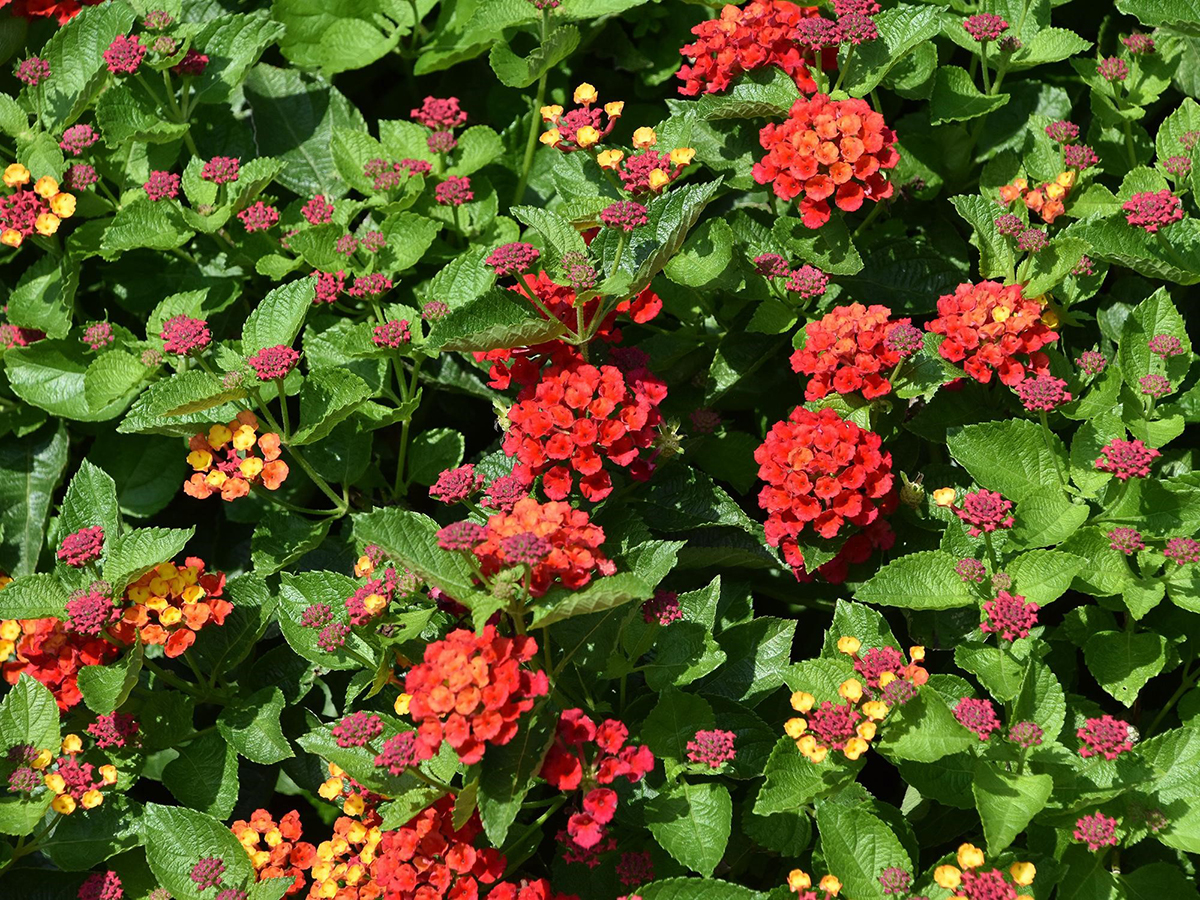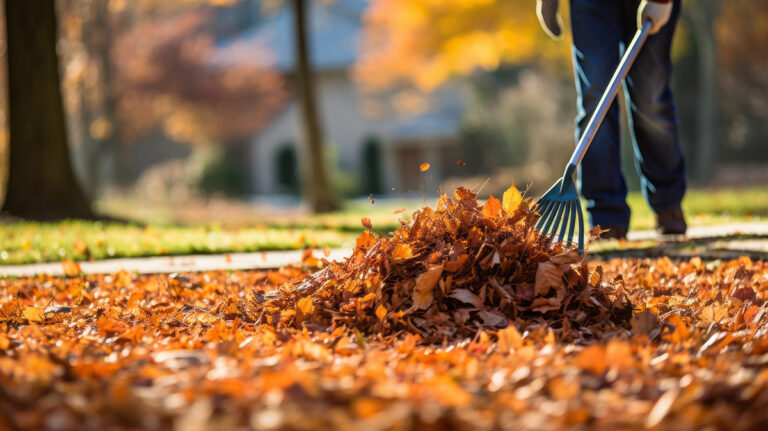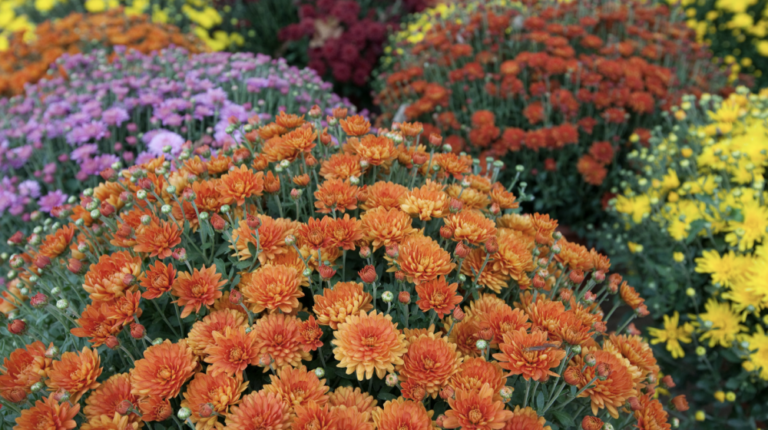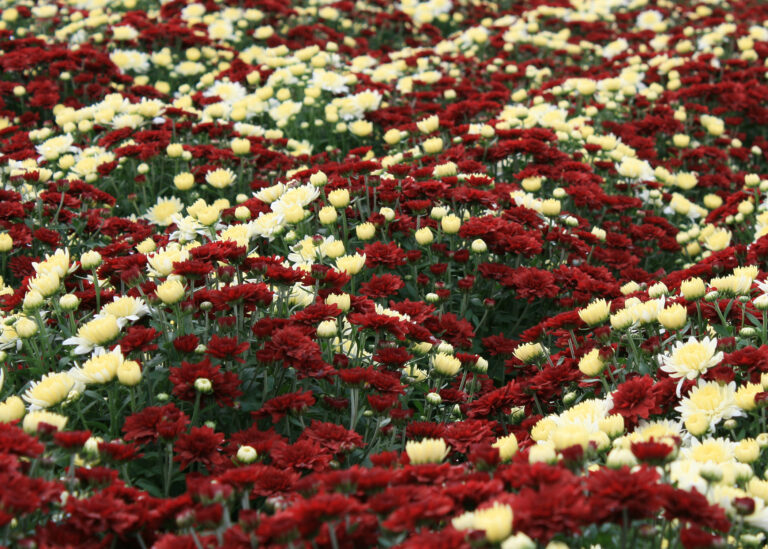
by Bronwynne Bailey, Master Gardener

Because Mississippi landscapes get so hot in the summer, one of my favorite go-to plants is the lantana. This is a great plant that thrives in the heat and humidity of summer, providing consistently bright colors and nonstop blooming through summer and into fall. Lantanas not only brighten the landscape but are also literal butterfly and pollinator magnets. The plants get 12–16 inches high and 12–14 inches wide which makes them a great choice for planting in containers or in the landscape. In most of Mississippi, these plants will act as annuals, because they are only cold hardy to 32 degrees. However, mine survived the ice and cold we experienced during this past winter. They were covered in 3 inches of mulch.
There are many great selections available for our gardens, from 4-foot specimens to sprawling ground-cover choices, along with just too many colors to list. While many of the older lantana selections are large landscape plants, I really like the newer selections that have a smaller growth potential. Smaller plants open up an entirely new landscape option for lantana. One of my favorite lantanas to use as a ground cover is definitely Luscious Lemonade. The flowers are sunshine yellow, and when viewed early in the morning, especially when there is dew on the plant, the flowers take on a two-toned appearance.
Always plant lantanas in full sun locations with good landscape bed drainage. Once established, lantanas are drought tolerant. During these times, the flowering show will make your landscape pop.
For those that survived the winter, cut them back hard in early spring to about 4 to 6 inches to make room for the new growth. Fertilize once a week with a water-soluble fertilizer to maintain flowering potential. Light pruning through the summer helps maintain the size and tidiness while stimulating more flowering and a bushier structure. A layer of pine straw added as a blanket may provide enough winter protection for them to return in north Mississippi.

The only significant pest to watch out for is lantana lace bug. This bug produces leaf stippling and tar-like substance on the undersides of leaves, very similar to the damage caused by azalea lace bugs. Heavy infestations reduce flowering and even cause the plant to defoliate. Prevent this problem by applying systemic insecticides to the plant root zone in May and July. Systemic insecticides include dinotefuran (such as Greenlight Tree and Shrub Insect Control with Safari) and imidacloprid (such as Bayer Advanced Garden Tree and Shrub Insect Control).



